Tips From an Air Force Vet Whose Interior Design Business Took Off
Melissa Fields shares the skills that will serve veterans well in a design career — and a big one to leave behind
Being an entrepreneur after 20 years in the military can be tough. Add in being female and you might think it’s a never-ending uphill battle. But interior designer Melissa Fields, owner of Shades of Gray Design Studio in San Antonio, Texas, seems ever at ease in building a top-notch business. After only four years designing professionally, the former Air Force EMT, officer and chief of contracts inspections has an impressive revenue stream, repeat clients and enough great advice for other transitioning vets and new business owners to fill a handbook. Buckle up.

Military Skills = Design Skills
“When you are in the military, attention to detail is drilled into you from the very beginning,” Fields says. “If you are not into the details, you are missing everything. And as a designer, it’s all about the details.” Attention to detail is the first skill Fields mentions when discussing how the military helped prepare her for interior design, but she found learning to master systems and processes even more important.
“In design, it’s a process,” she says. For instance, “if I miss a step, if I’m not taking measurements and photos, and I just jump into buying stuff, how do I know that what I purchased is going to fit in the space? How do I know it’s the right scale? How do I know that it’s going to be cohesive with the rest of the house?”
And let’s not forget discipline. “If you don’t have any discipline in this, you’re going to be all over the place,” Fields says. Because she came to design after two decades in the military, “none of this was foreign. I already came from 20 years of having discipline, having structure and having processes,” she says.
Learning While Serving
Designing interiors entranced Fields from a young age. “I think I was in grade school, and I distinctly remember telling my mom that I wanted a pink-and-black theme in my room. I wanted her to spend all this extra money just to get my bedroom the way that I wanted it.… It started from there, and I just always had this appreciation for interiors.”
But the pull of the military was stronger early on. And although she decorated her housing on military bases and had an “unofficial side hustle” decorating for friends and family, it was only toward the end of her Air Force career that Fields decided to fully pursue her passion for design.
“About two or three years out from retirement, I told my husband, ‘I think I’m really going to step out on faith and just do this.’ I started out doing home staging and redesigning,” she says. “I quickly realized that was not for me; I wanted to create something from scratch.”
Fields pivoted to earn a certification in residential interior design through the New York Institute of Art and Design while still on active duty. “I couldn’t do school traditionally,” she says. “I did that by correspondence.” And when she hung up her military hat for good in January 2018, she opened the doors of Shades of Gray Design Studio.
About That Business Name…
“It’s always a conversation starter, and it’s a very memorable name,” Fields says of Shades of Gray. But it has nothing to do with the book, the movie or, ahem, any related services. Her husband came up with it because first, she loves gray (“There are so many different hues of that color that you could go traditional, modern and everything in between,” she says). Second, just like there are so many shades of gray, people have so many design styles and preferences, her husband pointed out.
“I thought, ‘Wow, you really get a gold star!’” Fields says. And thus the business was named.
Taking Advantage of Transitioning Help
“As I was preparing to retire, I signed up for Boots to Business and another program called Veteran Women Igniting the Spirit of Entrepreneurship (V-Wise),” Fields says, adding that she learned a lot about starting a business from the latter. She also tapped into a women’s business center in San Antonio as well as the business mentoring program SCORE. “A lot of the mentors are retired veterans themselves,” Fields says.
On Always Having a Plan
Business has been booming for Fields over the past couple of years. “I actually more than doubled my revenue from 2020,” she says, “and so I’m looking to do even better this year.” But she’s not counting any chickens just yet. “What happens when it starts to taper off, and people are like, ‘Oh I don’t really need to do all that anymore?’ That’s my concern,” she says. “I don’t want us to get too comfortable. I ask myself, ‘What can I do now to think of different revenue streams?’ If I have multiple revenue streams, I know I’m going to still be getting income.”
Fields also is looking into hiring another assistant and leaving the borrowed conference room behind. “I would love to have my own design studio,” she says. “I don’t want to be a huge firm. I really want to stay boutique, because I love that interaction with my clients. I don’t ever want that to go away. But I would love to have a space where my clients can come to.”
Tips for Vets and Other New Designers
1. Communicate. “Sometimes I feel like I overcommunicate, but I think I would rather do that than not communicate enough,” Fields says, “because I think when you don’t communicate with your clients, that’s what leads them down the road of doubt. You want to establish that trust factor. Well, how do you build trust when you’re not communicating and letting them know what’s going on?”
2. Create an experience. “I’m a giver,” Fields says. “I love to give little gifts along the way.… I want clients to feel like they’re getting an experience, and it’s not just me doing something for them. It’s so much more than that.” Taking this approach can lead not just to referrals and repeat clients, she adds, but developing friendships as well.
3. Be kind to yourself. “I came into this not thinking naively that it was just going to happen overnight,” Fields says. “But I did get into a bout of really bad discouragement, because I felt like something was wrong with me because the phone wasn’t ringing right away.… I did not show myself grace in the beginning.… [But] it’s a long game. We don’t all just come into super success right off the bat.”
4. Invest to get results. “When you’re starting out, you don’t really have a whole lot of cash to spend upfront,” Fields says. “I was trying to be really intentional about where I was spending my money, but then I realized, you need to invest in order to get a return.” One important investment? The Houzz Pro platform, for marketing help and lead generation. “Just having that dedicated account manager and actually being put up at the top [of search results], so to speak,” she says. “People see you right away. That’s how I ended up eventually getting 22 five-star reviews, because I had more visibility — and the phone started to ring.”
Leads began rolling in, and her first full client is a repeat client to this day. “Once I signed up for Houzz Pro, it was such a game changer for my business,” Fields says. “I always ask people, ‘Where did you find me?’ I would probably say 98% to 99% of the people that contact me say ‘Houzz’ every single time.”
She also has made purchases through Houzz Pro’s Trade Program and has used the software’s 3D design feature, which now allows the creation of life-size walk-throughs. And she’s a fan of the Mood Boards feature too. “The Mood Boards help me to convey my vision for the design plan to my clients,” Fields says. “It gives them a good visual so they can get a feel for and see the concept. They love it!”
5. Present yourself professionally. That includes on your website, in social media and in person. For the projects on her Houzz profile, Fields says, “I have a photographer that goes in and does professional photos when I’ve done the install and everything’s finalized. To me, that’s huge. That and reviews. I use the link that Houzz provides to get reviews. I tell clients, ‘Do you think that if I send you a link and make it super easy for you, would you be willing to write a review about your experience?’ They’re like, ‘Oh my gosh, yes. I love it.’”
Not having a meeting-worthy studio doesn’t detract from perfectly presented meetings, either. Fields has a great relationship with a showroom in San Antonio, where she uses the conference room. “It’s very beautiful. There’s a huge flat-screen on the wall; I can do my presentations there,” she says. “I bring in clients’ favorite snacks, their favorite beverages, and I also buy their favorite plant as a little gift.”
And keep your professionalism in place even when clients make unreasonable demands or try to undercut you, Fields advises. “When we talk about professionalism, we as designers often have to put our own feelings into our back pocket and just maintain calmness,” she says. “And just explain to the client, remind them of what they agreed to: ‘Hey, I am giving you this space that you came to me for. That’s what you hired me for.’”
6. Leave your ego behind. “Oftentimes when you talk to military folks, there’s a lot of pride there, and it’s like, ‘Well, you can’t tell me that because I know,’” Fields says. “OK, well, take it down a few notches, because now we’re not in the military. But we can use those tools that we put in our tool belt to apply that to running our interior design business.” She adds, “You need to come at it with a sense of humility and say, ‘You know what? I don’t know what I don’t know. Running this interior design business is completely foreign to me. I’ve got the checklist, I’ve got this structure, I’ve got the discipline, but I have no idea what I’m doing.’”
By now, of course, Fields knows very well what she’s doing, as myriad five-star reviews attest. And with her military-honed skills, generous nature and learning mindset — along with expert support from her Houzz Pro account manager — it’s a good bet there will be plenty more of those in the future.
Join the conversation by commenting or asking a question below. The Houzz team reads every single comment, and we’ll get back to you by email if you need us!

Want advice delivered to your inbox?
Unlock industry insights and updates for contractors and design pros
By signing up, I agree to the Houzz Terms of Use and Privacy Policy and that Houzz may use my information to contact me about relevant content, products, and services.



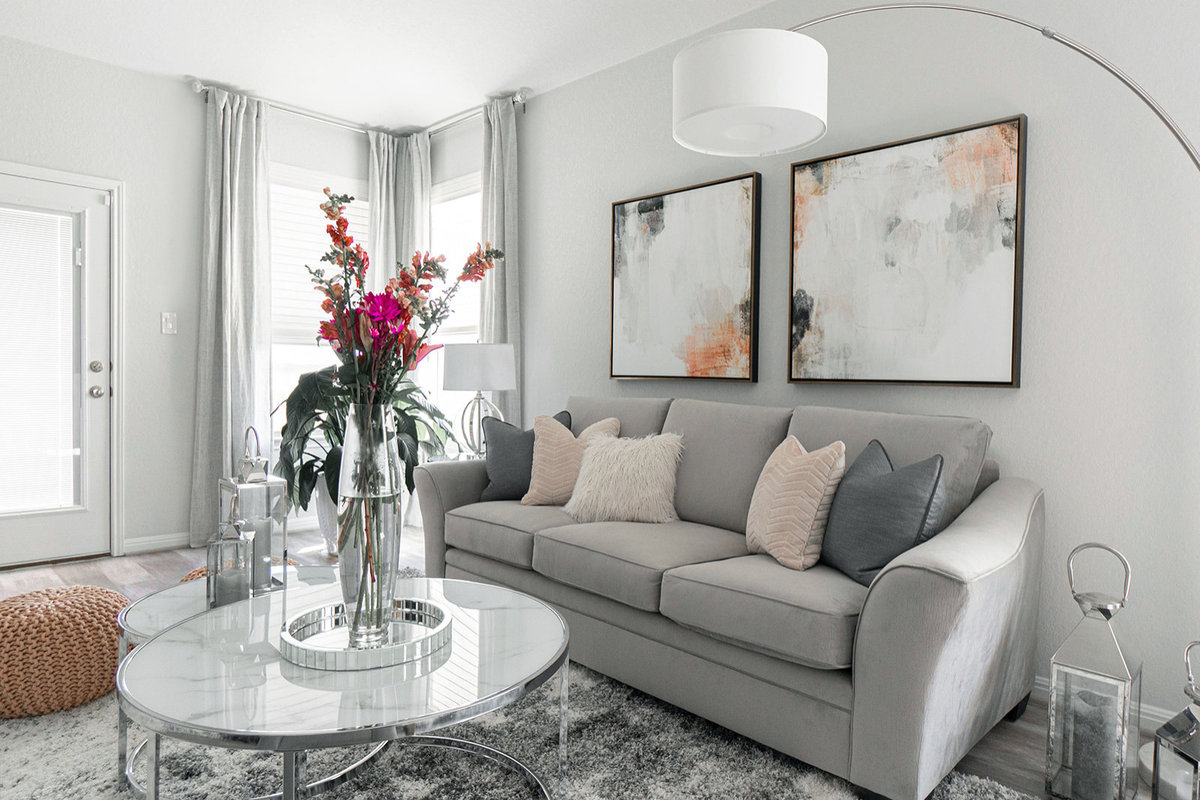
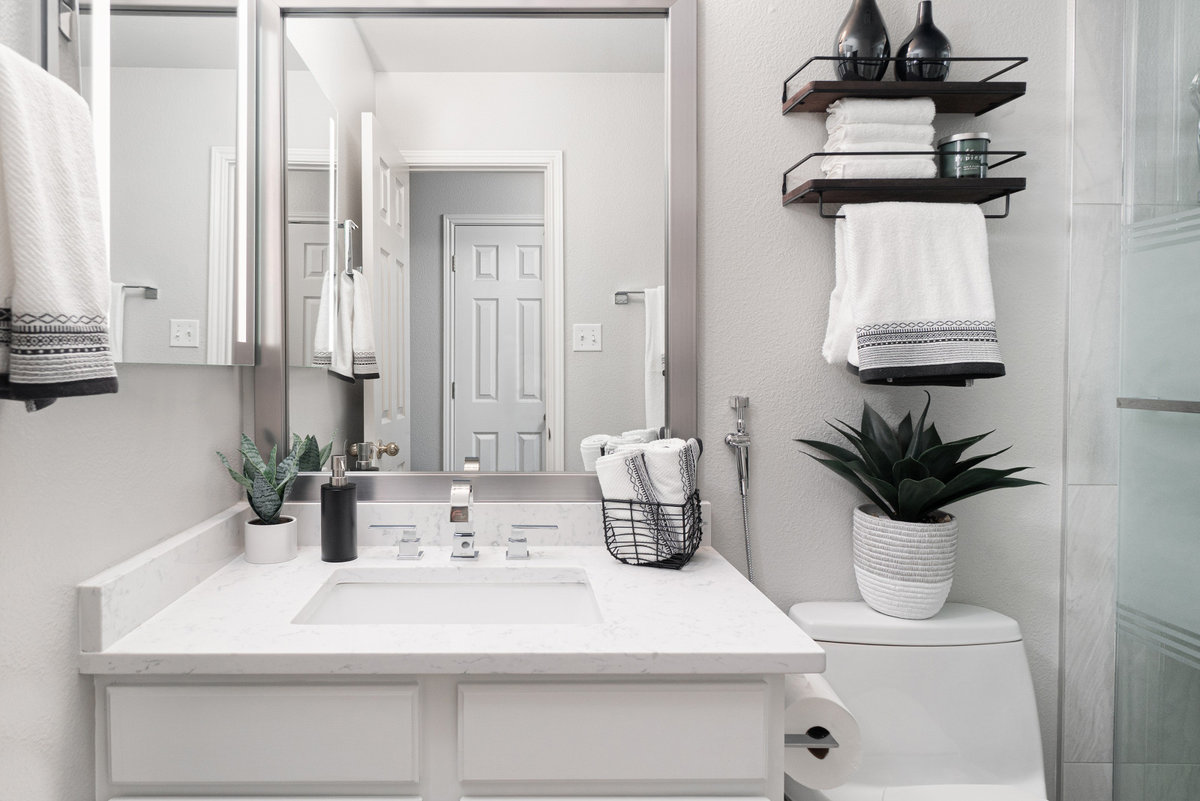
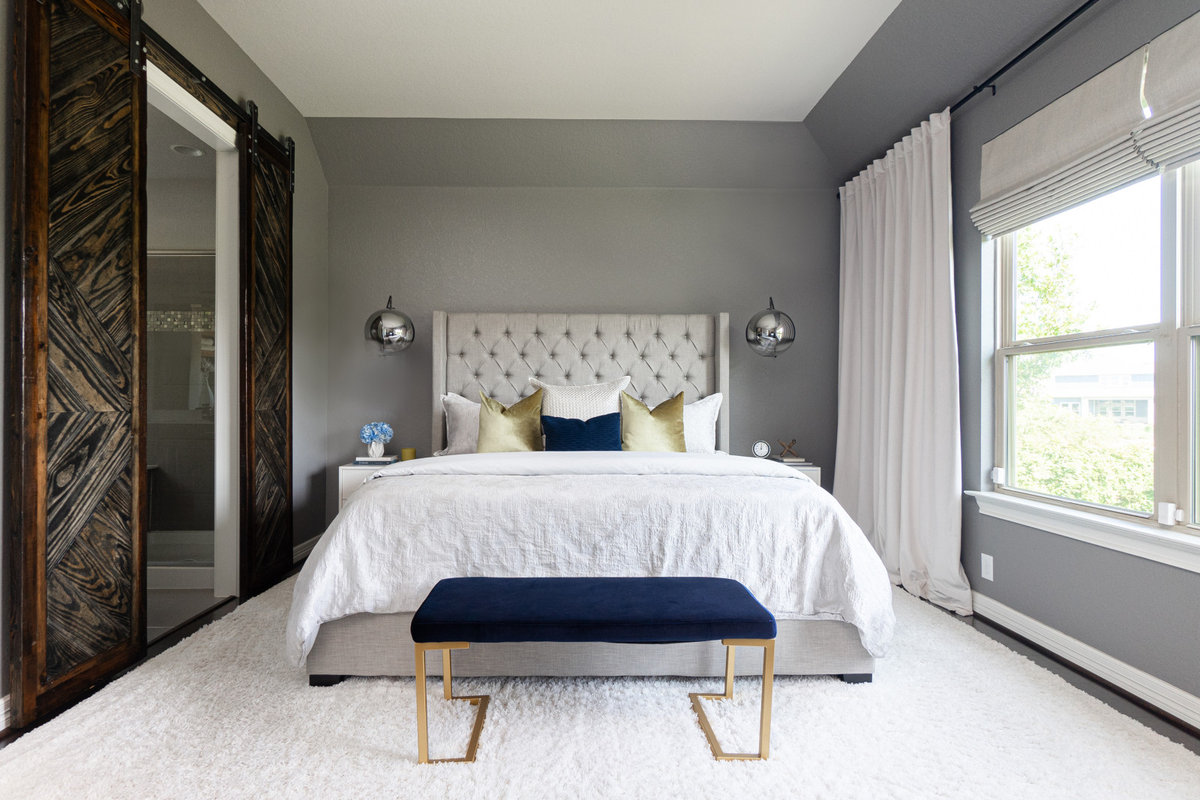
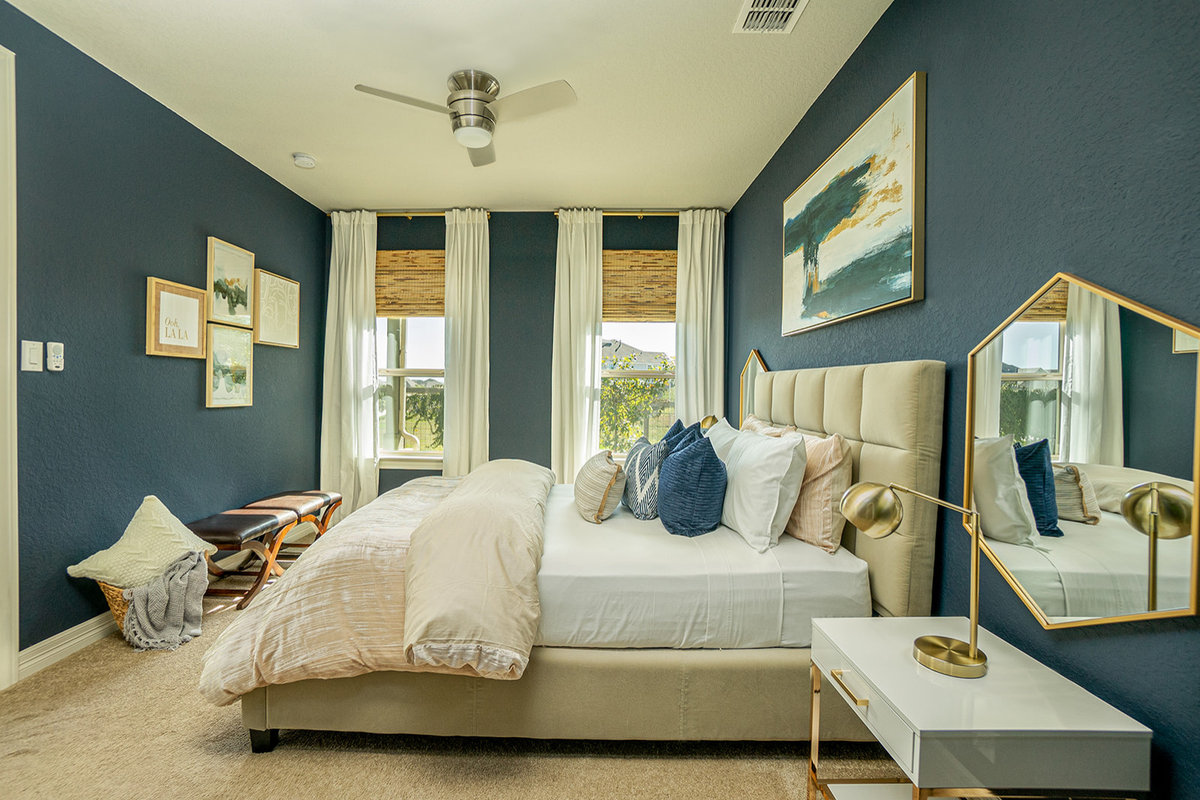
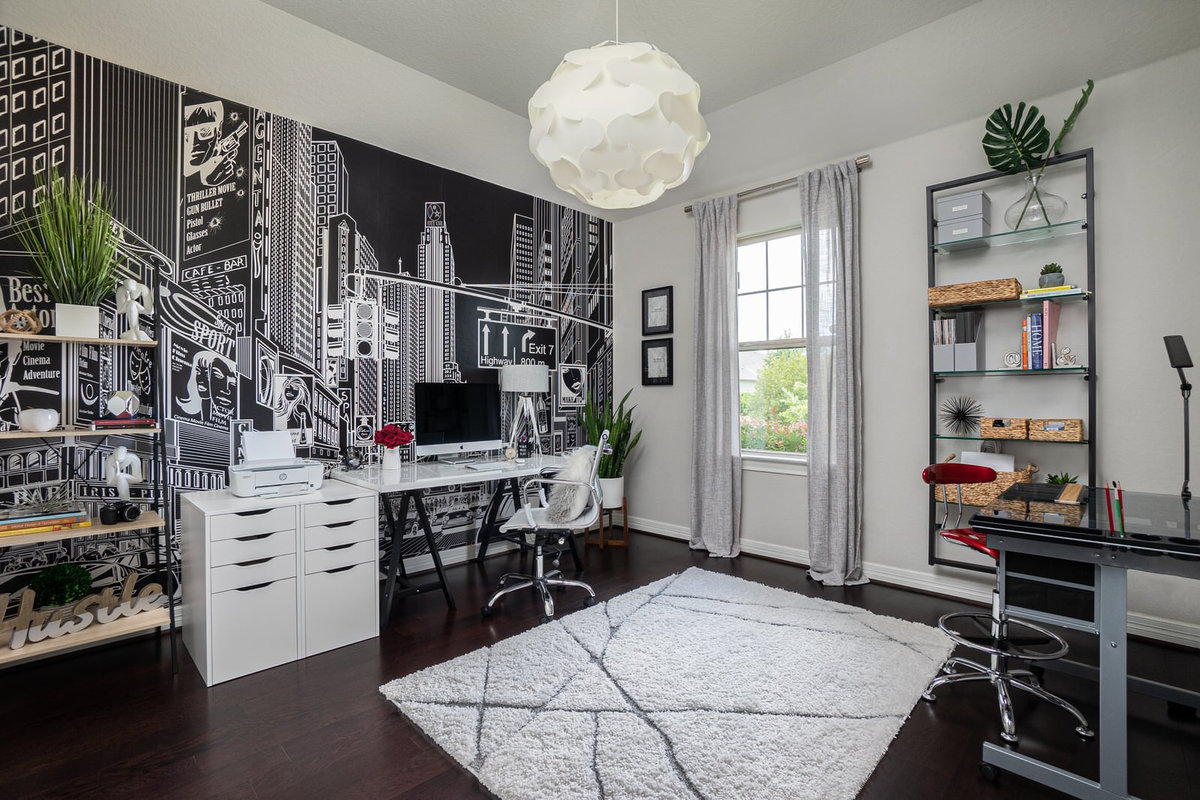
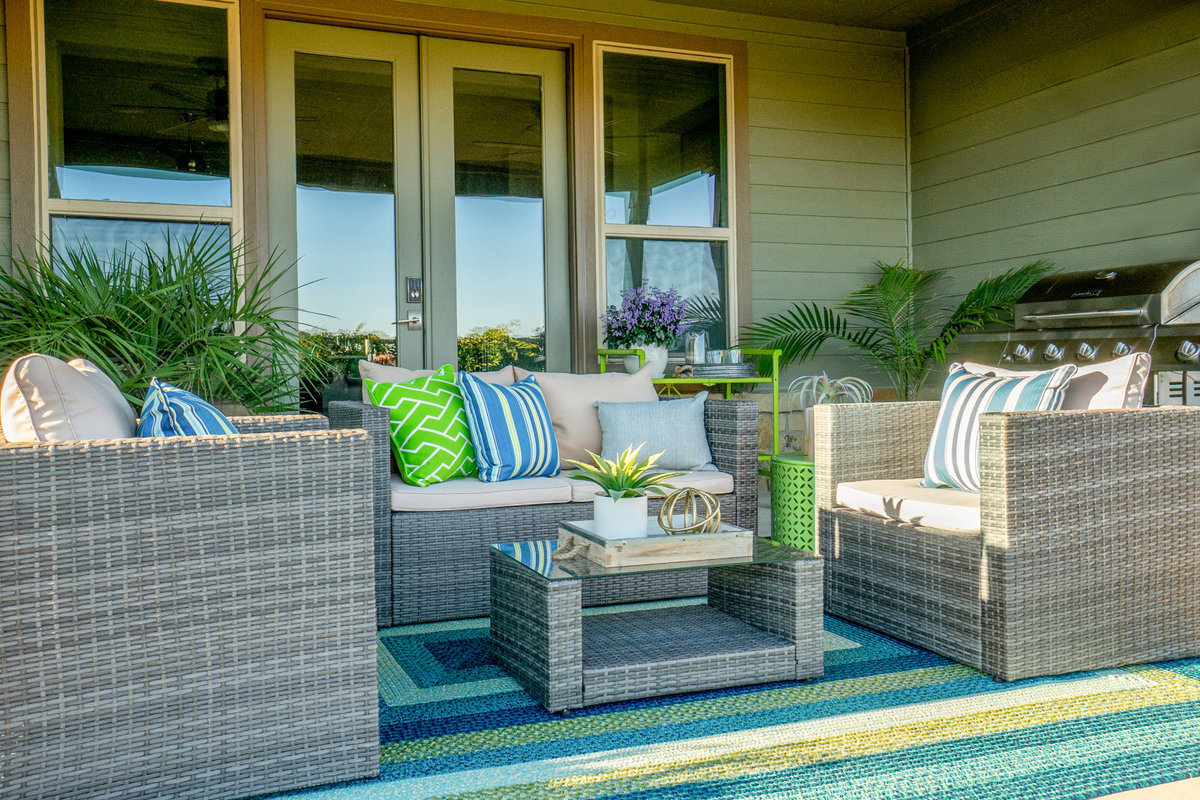
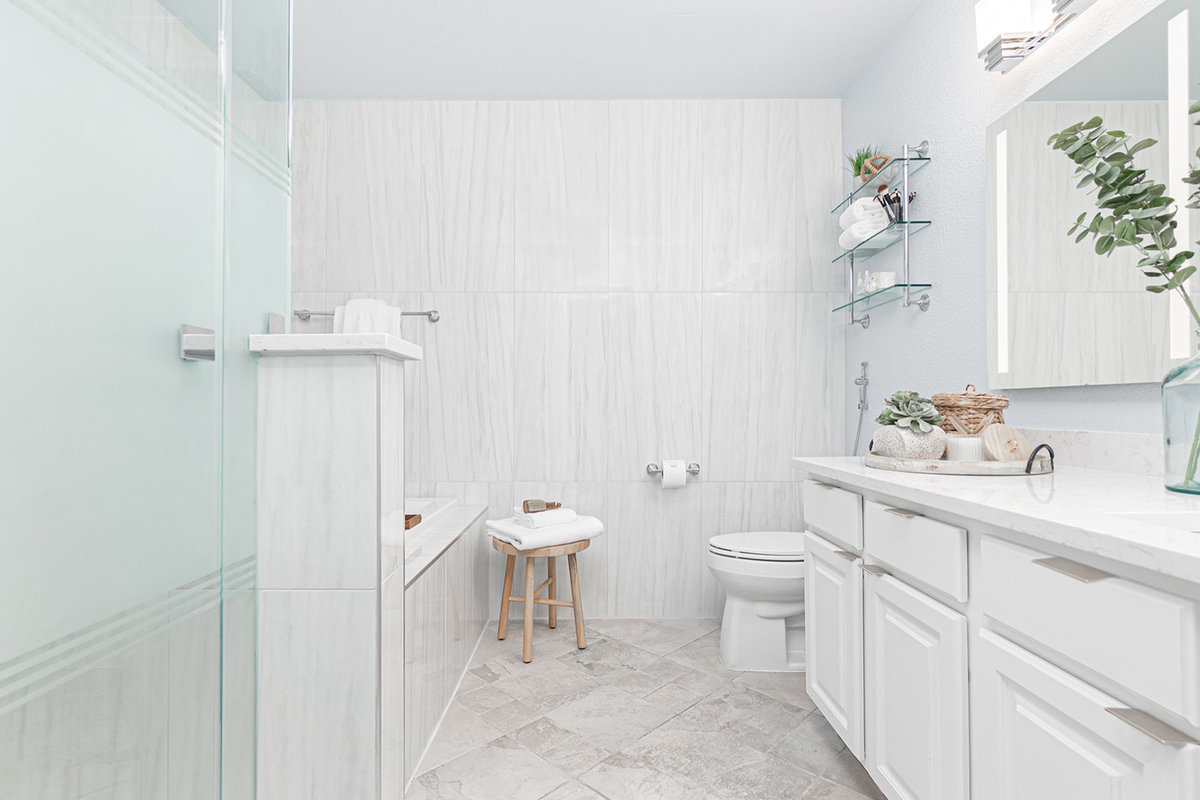



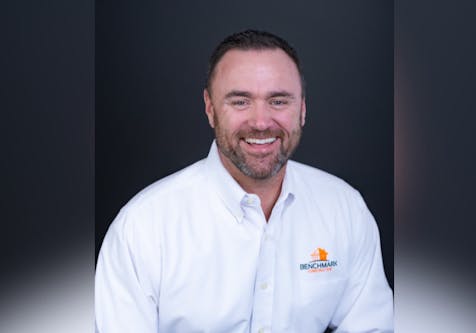
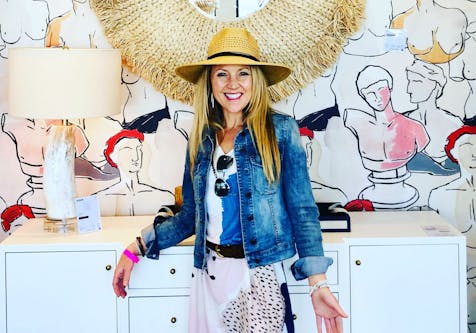
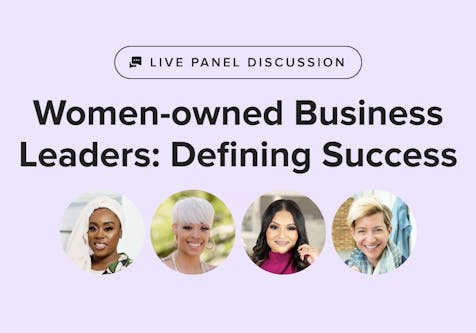

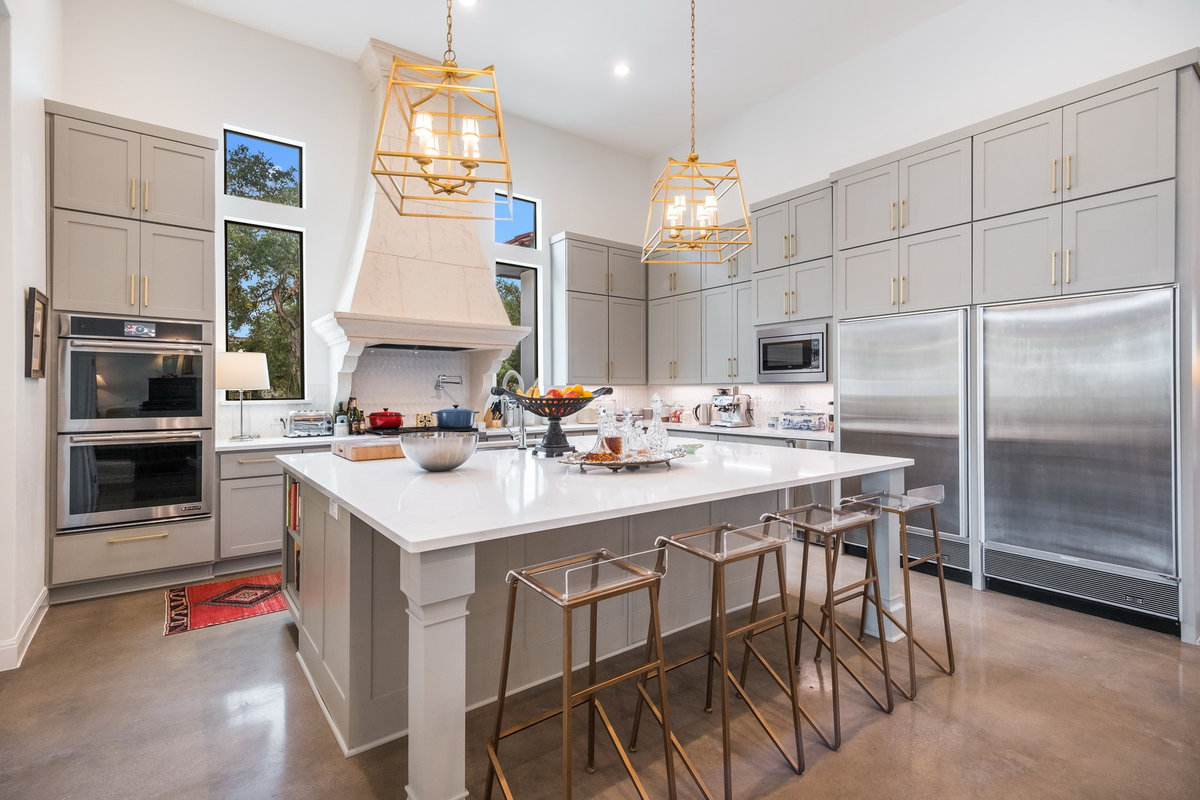
HU-174948500